Best IPTV Channels Subscription
Best IPTV Channels Subscription: Transforming the Way We Consume Entertainment
In a constantly evolving digital landscape, the way we consume our favorite TV content is undergoing continuous transformation. Embracing the latest trend of IPTV channels subscription has become increasingly popular. If you’re curious about what this entails and how it could enhance your television experience, you’re in the right place.
Ever experienced the frustration of missing out on beloved TV shows and sports events due to limited broadcasting options? Picture a scenario where you have access to a vast array of channels, offering a seamless streaming experience through a single subscription. IPTV Channels Subscription not only transforms the media consumption landscape but also unlocks a realm of limitless entertainment possibilities. Explore how this innovative approach can revolutionize your TV viewing experience.
Understanding IPTV Channels Subscription
How IPTV Differs from Traditional TV Services
IPTV (Internet Protocol Television) differs from traditional TV services in several ways, primarily in terms of the underlying technology and the way content is delivered to viewers. Here are key distinctions between IPTV and traditional TV services:
How IPTV Differs from Traditional TV Services
Transmission Technology:
- IPTV: Utilizes Internet Protocol (IP) networks, like broadband connections such as DSL or fiber-optic, transmitting television content as data packets over the internet.
- Traditional TV: Relies on analog or digital broadcast signals sent over the airwaves (terrestrial), cable networks, or satellite signals for content transmission.
Content Delivery:
- IPTV: Delivers content on a one-to-one basis, enabling users to request specific content on-demand. Supports features like Video on Demand (VOD) and time-shifted television.
- Traditional TV: Operates on a one-to-many broadcasting model, where all viewers receive the same content simultaneously, with limited on-demand capabilities.
Interactivity:
- IPTV: Offers interactive features such as on-screen menus, electronic program guides (EPG), and the ability to pause, rewind, or fast-forward live TV. Users can interact with content and services in real-time.
- Traditional TV: Generally lacks interactive features, with viewers having limited control over content playback or customization.
Channel Selection:
- IPTV: Provides a wide range of channels, often with customizable packages. Users can select specific channels or subscribe to thematic packages based on their preferences.
- Traditional TV: Offers predefined channel bundles, with viewers having limited control over channel selection. Customization options are typically more limited.
Equipment:
- IPTV: Requires a set-top box (STB) or a compatible device connected to the internet to access and decode IPTV signals. Accessible on various devices like smart TVs, computers, and smartphones.
- Traditional TV: Relies on specific equipment such as cable boxes, satellite receivers, or antennas, depending on the type of traditional TV service (cable, satellite, or terrestrial).
Network Infrastructure:
- IPTV: Relies on high-speed broadband internet connections, with the quality of service influenced by the user’s internet speed and network stability.
- Traditional TV: Uses dedicated infrastructure for different services (cable, satellite, or terrestrial broadcasting), with the quality less affected by the viewer’s internet connection.
Geographic Availability:
- IPTV: Can be available globally with minimal geographical restrictions, as long as users have access to high-speed internet connections.
- Traditional TV: May have limitations based on the reach of terrestrial broadcasting, cable networks, or satellite footprints, potentially making it less accessible in certain areas
The IPTV Channels Subscription Revolution: A World of Entertainment at Your Fingertips
In our earlier discussions, we established a foundation for comprehending IPTV channels subscription, delving into its user-friendly attributes and the underlying technology driving it. Now, let’s delve into the expansive and ever-evolving realm of content that beckons users through IPTV, promising a diverse and dynamic viewing experience.
An Abundance of Entertainment Choices
Diverse Content Delights with IPTV Channels
At the core of IPTV channels subscription lies a treasure trove of content spanning a multitude of genres. From news and sports to movies and TV shows, subscribers have the flexibility to curate their packages, creating a personalized and enriching viewing experience.
Live Sports Action
IPTV channels subscription caters to sports enthusiasts by providing access to a global arena of live events. Whether it’s the excitement of a football match, the intensity of a basketball game, or the grace of a tennis match, IPTV brings fans closer to the action, often featuring dedicated sports channels with comprehensive coverage.
International Flavor in Film and Television
A standout feature of IPTV is its ability to transcend borders. Subscribers can immerse themselves in a world of international films, TV series, and documentaries. This cultural exchange introduces viewers to diverse storytelling and cinematic styles, offering a global perspective beyond the reach of traditional TV services.
On-Demand Delights
The on-demand aspect of IPTV channels subscription transforms the viewing experience. Users can binge-watch favorite series, catch up on missed episodes, or uncover hidden gems at their convenience. This flexibility in content consumption aligns with the busy lifestyles of modern viewers who value control over their entertainment choices.
Music, News, and More
Beyond visual entertainment, IPTV channels subscription often encompasses music channels, news networks, and specialized programming, ensuring a well-rounded and comprehensive media experience. Users can seamlessly switch between genres, guaranteeing there’s always something captivating on their screens.
Impact on Traditional TV Landscape
The ascent of IPTV has not merely altered our content consumption habits but has significantly reshaped the terrain of traditional TV services. By offering a more extensive selection, personalized experiences, and on-demand choices, IPTV has established a new benchmark for viewer expectations in television services.
Differentiating Factors of IPTV
Customization: Users wield the authority to curate channels that hold significance for them, fashioning a personalized bundle that resonates with their individual interests.
Flexibility: The capability to consume content across various devices, coupled with on-demand features, introduces unprecedented flexibility, allowing users to decide how and when they enjoy their preferred shows and movies.
Global Accessibility: IPTV introduces a global perspective to entertainment, enabling users to access content from around the world without being confined by geographical restrictions.
In Conclusion: IPTV channels subscription has not merely revolutionized our entertainment consumption; it has set novel benchmarks for flexibility, customization, and global access. As a growing number of users embrace this transformative technology, the television landscape is poised for further evolution, promising even more exhilarating possibilities for the future of entertainment.

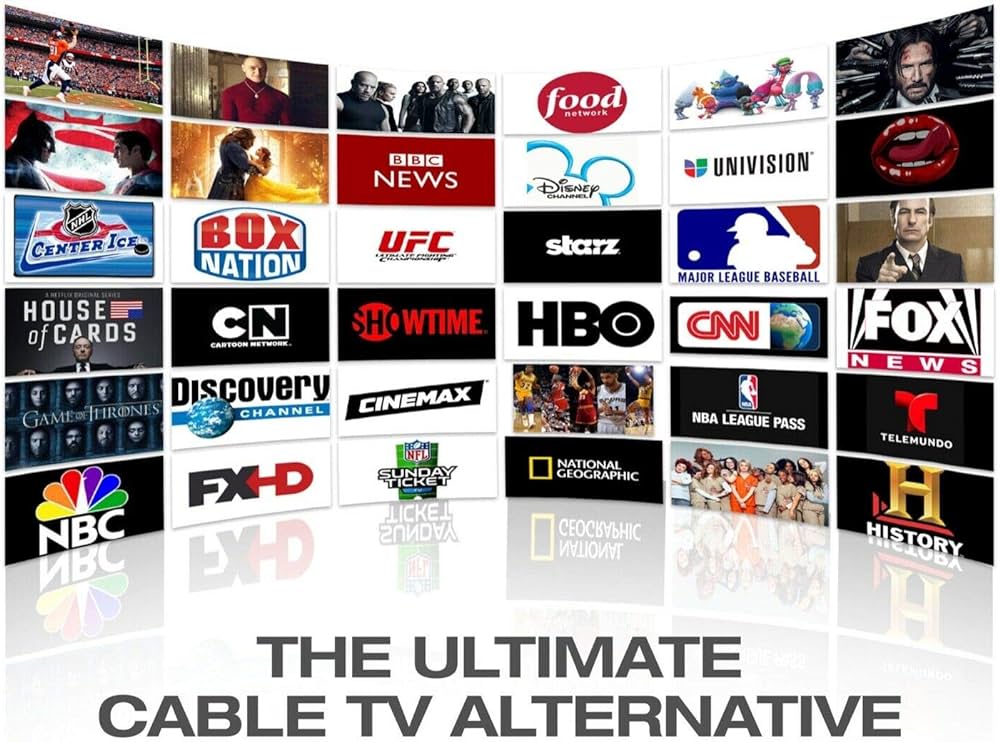
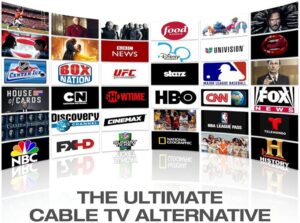
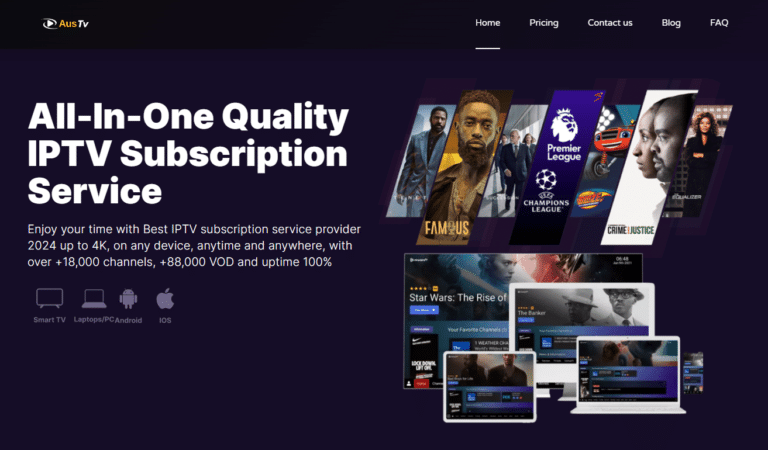
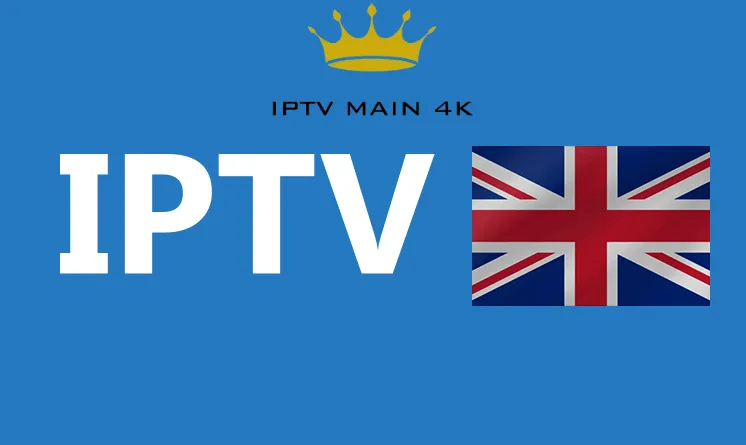
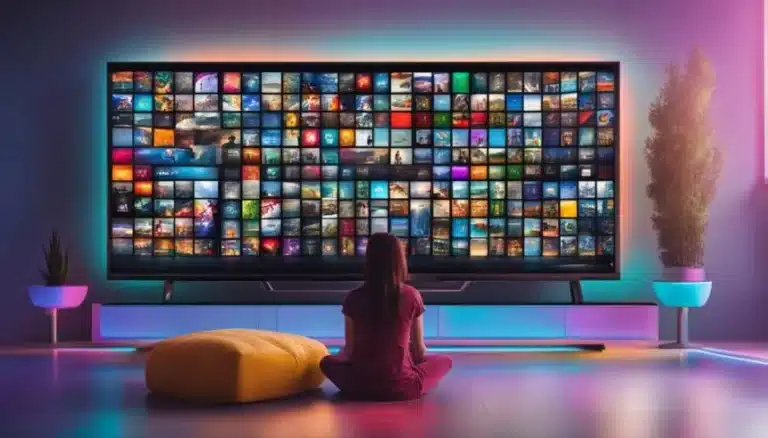

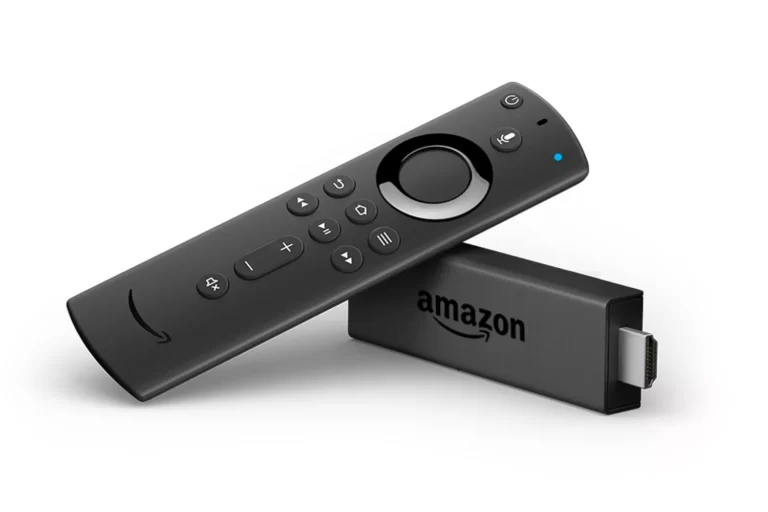

2 Comments